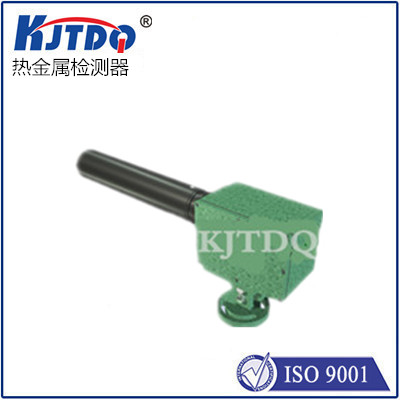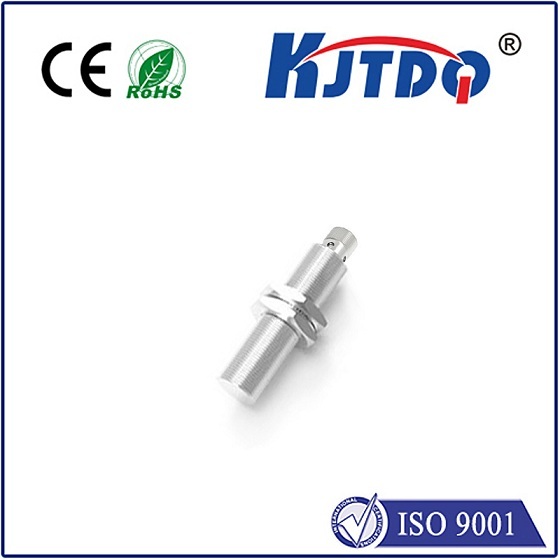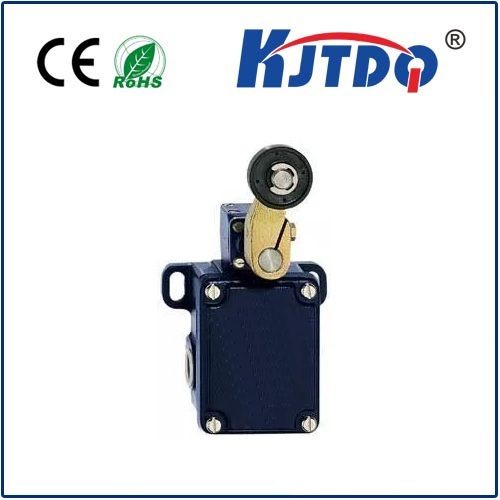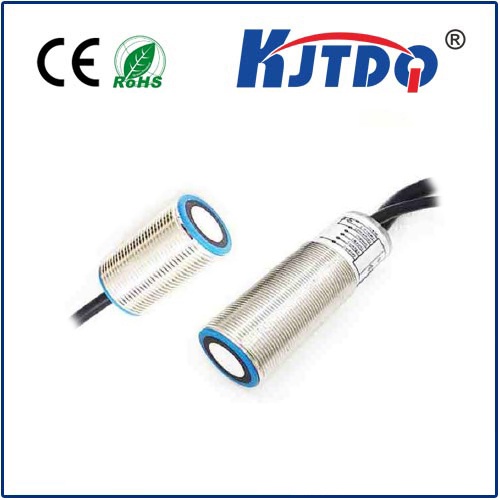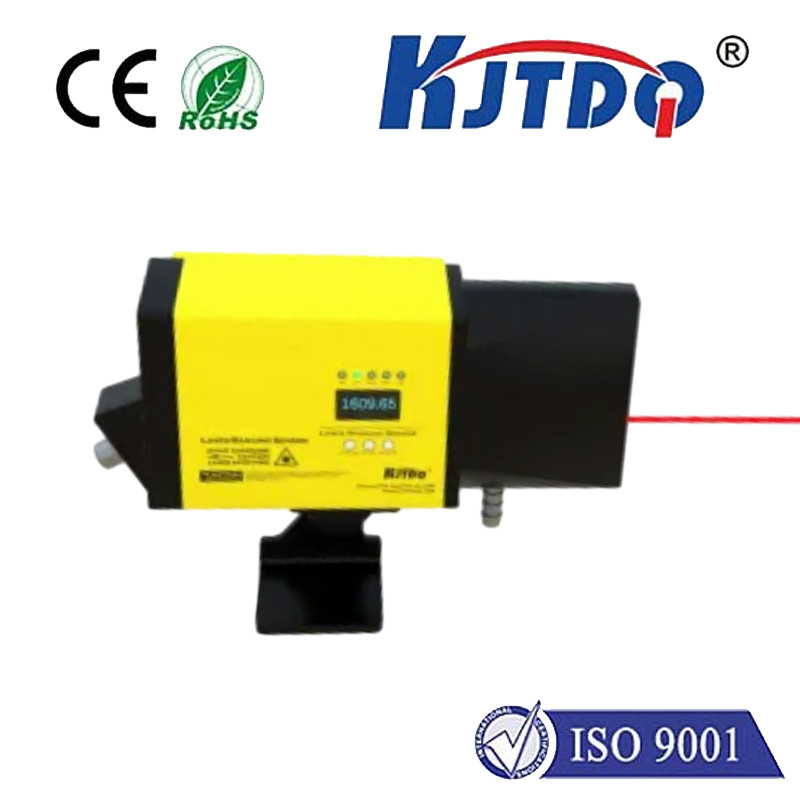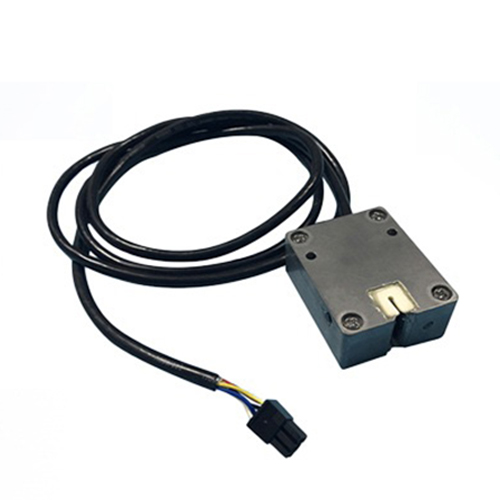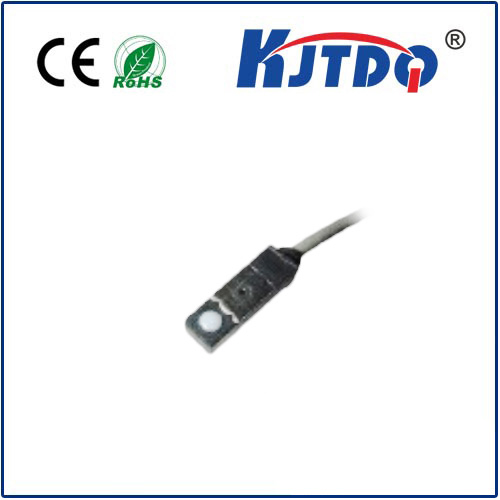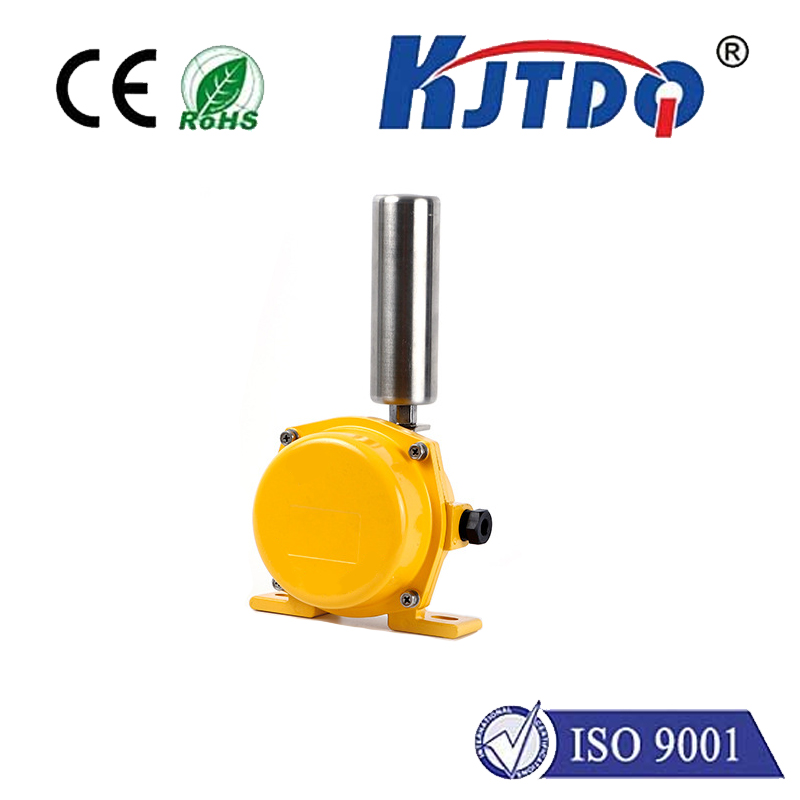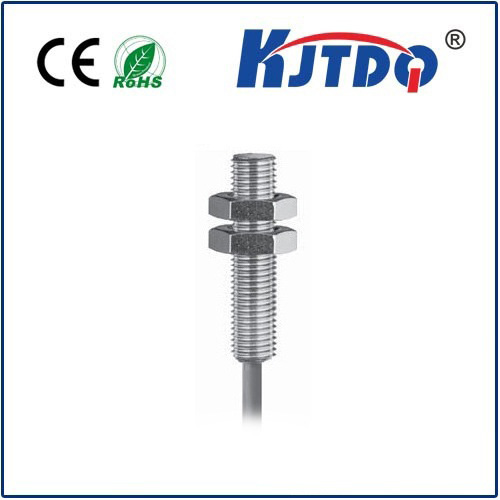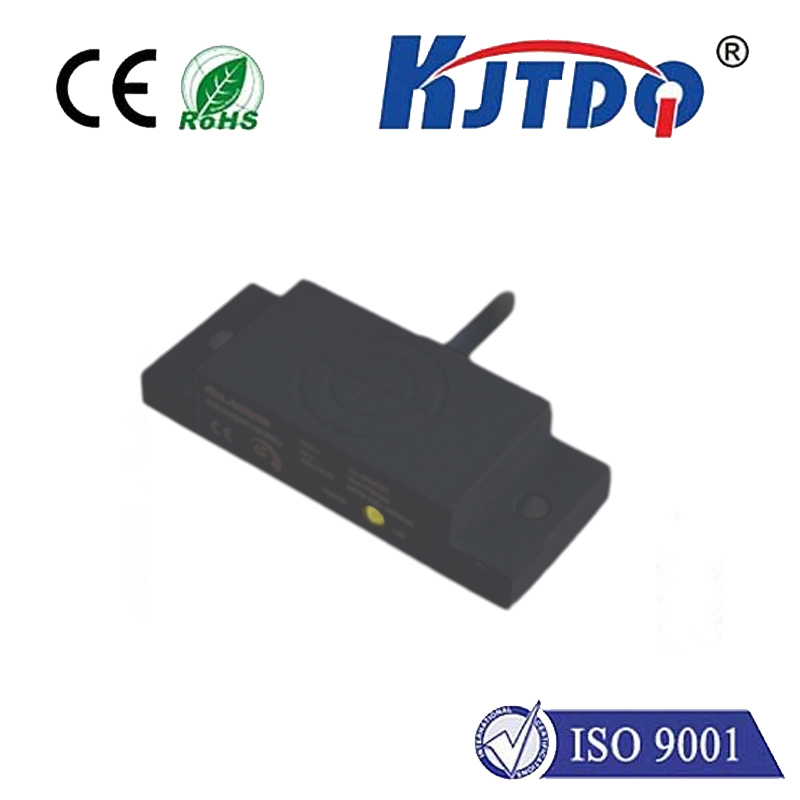

check

check

check

check
(Article Title: Understanding BES0434: The Key to High-Pressure Proximity Sensing Success)
The deafening silence on the production floor was more alarming than any machinery noise. When the 500-ton hydraulic press froze mid-cycle, costing thousands in downtime and scrap, the root cause wasn’t the massive piston itself, but a tiny, failed sensor tasked with detecting its position under extreme pressure. This scenario underscores a critical truth: in environments where immense force reigns supreme, reliability isn’t optional – it’s existential. Enter the specialized domain of the BES0434 high pressure proximity sensor: a compact powerhouse engineered for precision and endurance where standard sensors fear to tread.
At its core, a proximity sensor is an electronic eye. It detects the presence or absence of a nearby metallic object without physical contact, typically using electromagnetic fields (inductive sensors). When a metal target enters the sensor’s active field, it induces eddy currents, causing a detectable change in the sensor’s oscillation. This change triggers an output signal, communicating the target’s presence to a control system. It’s fundamental automation, enabling position verification, part counting, speed monitoring, and safety interlocks across countless applications. Yet, the elegance of this principle faces severe challenges when confronting high-pressure environments.

Imagine designing a sensor capable of functioning not just nearby, but inside these demanding scenarios:
Standard sensors buckle here. Static pressure can crush housings. Dynamic pressure pulses cause fatigue failure. Extreme temperatures degrade electronics. Contaminants like oil, grease, and particulates seep in, causing short circuits or false readings. Reliability in these zones demands specialized engineering. This is precisely the niche occupied by the BES0434 sensor class.
Engineered specifically for resilience, the BES0434 high pressure proximity sensor represents a significant leap in robustness. While exact specifications vary by manufacturer and specific suffix, sensors bearing the BES0434 designation typically boast features designed to conquer high-pressure challenges:
The true test of any component lies in its application. Where does the BES0434 high pressure proximity sensor truly shine? Its unique capabilities unlock critical functions in demanding sectors:
Selecting any sensor requires careful consideration, but the stakes are higher when pressure is involved. Choosing a BES0434 high pressure proximity sensor necessitates asking key questions: What is the maximum static and dynamic pressure the sensor face will encounter? What is the operating temperature range? What is the target material and required sensing distance? What electrical output (PNP/NPN, NO/NC) and connection type (cable, connector) are needed? What level of ingress protection (IP rating) is mandatory for the environment? Crucially, does the sensor hold relevant certifications for the industry (e.g., marine, food-grade)?
Neglecting these factors risks sensor failure, system downtime, costly repairs, and potential safety hazards. Conversely, correctly specifying a robust BES0434 sensor delivers unparalleled peace of mind and operational efficiency. It ensures continuous monitoring integrity precisely where pressure peaks and reliability cannot falter. Consistent position feedback in these critical zones is the bedrock of safety, efficiency, and overall equipment effectiveness.
The next time you design, maintain, or troubleshoot machinery operating under significant pressure, consider the silent sentinel. Can your current sensors withstand the relentless force? Or is it time to explore the resilience engineered into a sensor like the BES0434 – a component designed not just to sense, but to endure?
